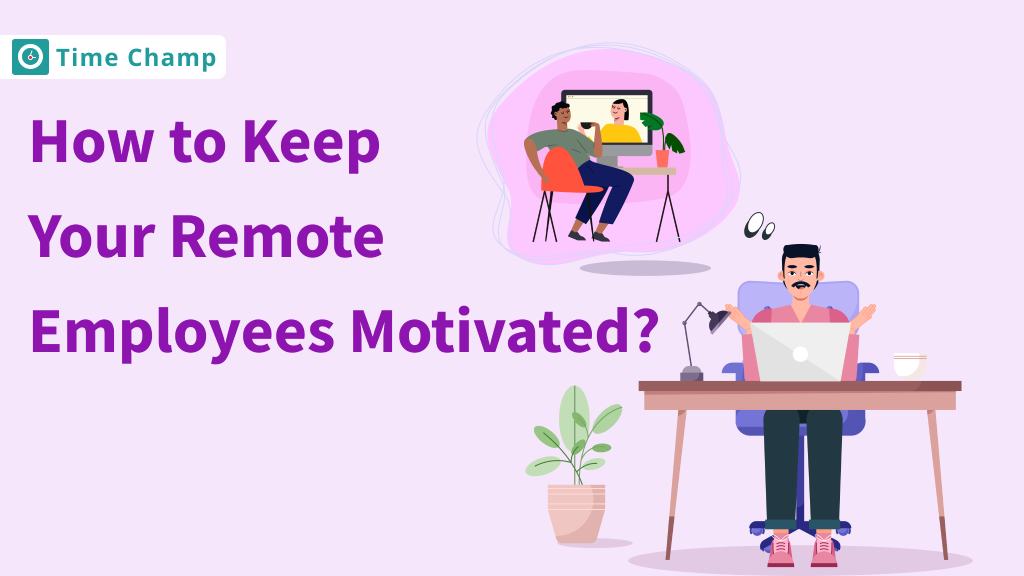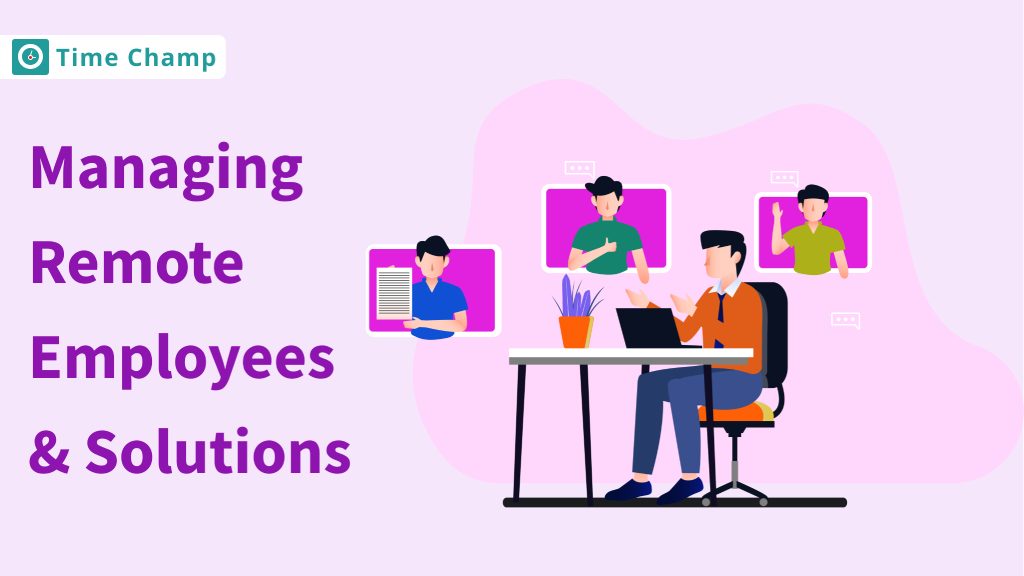Most companies think their staff are engaged, but statistics show the contrary. Disengagement is the silent sinkhole of productivity, the shredder of turnover, the poison of team morale. The cost? (lost output and missed opportunities worth billions) But what if you could change the narrative with actual data? This article will unpack essential employee engagement statistics and share insights that will help you cultivate a much more connected workforce.
What is Employee Engagement?
Employee engagement refers to the level of enthusiasm, commitment, and connection employees feel toward their work, organization, and its goals. Engaged employees are motivated, productive, and emotionally invested in their roles, contributing positively to the company's success. Engagement goes beyond job satisfaction as it reflects a deep sense of purpose and willingness to put in extra effort.
Global Employee Engagement Trends
Employee engagement is rapidly changing all over the globe due to changes in workplace expectations, technology, and generational differences. In order to build a motivated and connected workforce, these changes need to stay in tune. Here’s a look at some eye-opening stats that reveal where engagement stands today and what’s shaping its future.

1. Employee Engagement Correlates with 22% Higher Productivity
Gallup meta-analysis data from 1.4 million employees found that organizations with high employee engagement experience a 22% increase in productivity. This implies that having a dedicated and energetic workforce can contribute greatly to the growth of an organization.
2. $8.8 Trillion: The Global Cost of Low Employee Engagement
Gallup's research reveals that disengaged employees cost the global economy $8.8 trillion in lost productivity, accounting for approximately 9% of global GDP. This staggering figure demonstrates the importance of organizational strategies for employee engagement. Furthermore, being a committed and enthusiastic workforce, companies can bring in huge economic value, increase productivity and ultimately achieve sustainable growth.
3. The Financial Impact of Employee Absenteeism
Absenteeism costs U.S employers roughly $2,945 employee per annum and provides a direct blow to productivity as well as replacement costs. Investing in employee wellness and mental health programs can reduce absenteeism enhance overall performance.
4. 52% of Indian Employees May Resign Without Workplace Flexibility
A recent survey state that 52 percent of Indian employees are likely to leave their jobs if flexibility isn’t provided. Additionally, 60% would consider quitting due to poor relationships with their managers. This trend underscores the growing importance of adaptable work environments and positive managerial relationships in retaining talent. Organizations are encouraged to prioritize flexibility and foster supportive workplace cultures to enhance employee satisfaction and retention.
Curious about employee engagement tools and insights? Discover more here! Read Now
The Impact of Remote & Hybrid Work on Productivity
Long commutes have been traded for video calls, and office desks for kitchen tables. But how has this shift really changed the way work gets done? Here is a closer look at the effects of remote and hybrid work on productivity.
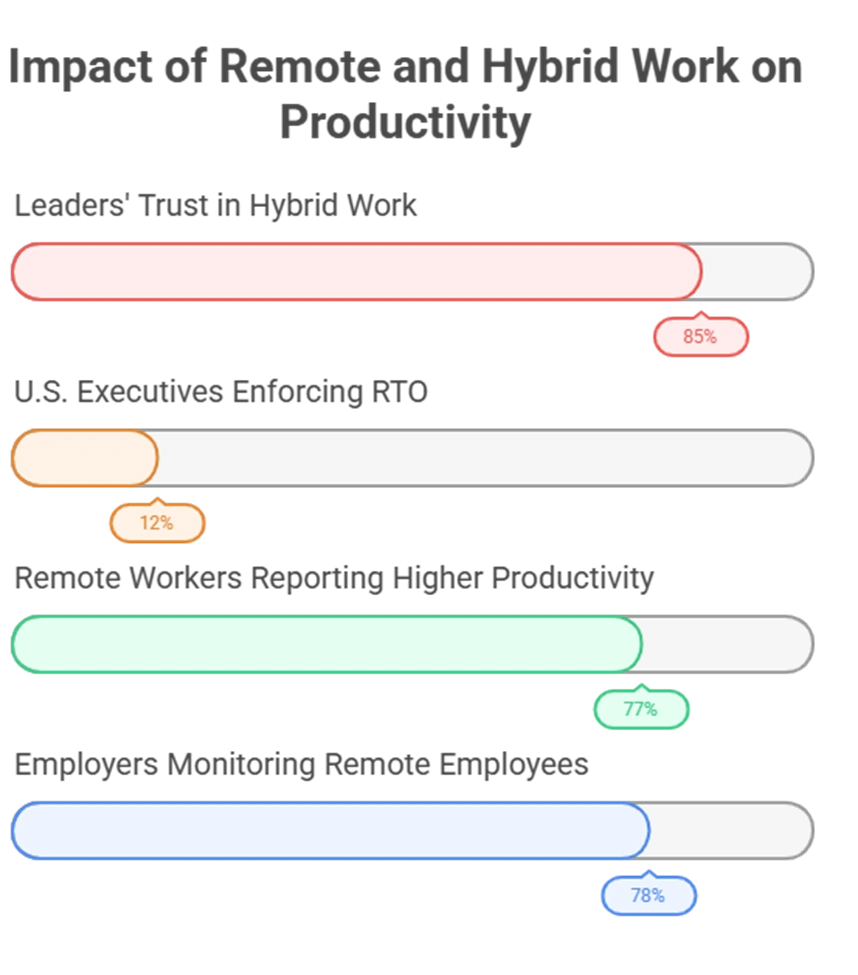
5. 85% of Leaders Struggle to Trust Hybrid Work Productivity
According to a Microsoft Work Trend Index report, top leaders struggle with trusting the productivity of workers in hybrid work, with a finding of 85%. Despite increased meeting hours and digital communication, this doubt remains. These should be addressed by the organizations, realized in outcome-based performance metrics transparent communication, so that productivity assessment is for what has actually been contributed and not just how it has been done.
6. Hybrid and Remote Work Remain the Preferred Choice for Businesses
Only 12% of U.S. executives they will enforce return-to-office mandates, as most prefer hybrid arrangements. Even in economic downturns, companies are unlikely to change their model largely because of the benefits that they see in remote work, such as lower costs, higher productivity, and lower turnover. Flexible work policies become a key strategy for retaining top talent and maintaining employee engagement.
7. Remote Work Boosts Productivity, Well-Being, and Engagement
A survey found that 77% of remote workers higher productivity, saying they get more done in less time. Moreover, 52% of them had fewer sick days and 53% had reduced stress. In addition, remote work led to an increase in well-being: 45% got more sleep, 35% exercised more, and 42% ate healthier, 42% feel as connected to colleagues as in the office. Remote work encourages engagement, work life balance makes it easier to retain employees, benefiting both employees and employers.
8. Employee Monitoring in Remote Work Raises Engagement Concerns
78% of employers monitor remote and hybrid employees through time tracking software, yet 83% express ethical concerns about it. Surveillance negatively affects the employees as 56% experience increased stress and anxiety, 41% constantly feel watched, and 32% take fewer breaks. Nearly half would accept a pay cut to avoid monitoring, including 25% who are willing to take a 25% reduction. Excessive tracking reduces trust, autonomy, and overall job satisfaction, ultimately affecting employee morale and performance.
Leadership & Managerial Impact
Leadership click tends to make everything else fall into place. From productivity to engagement, here’s how managers are making or breaking the modern employee experience.
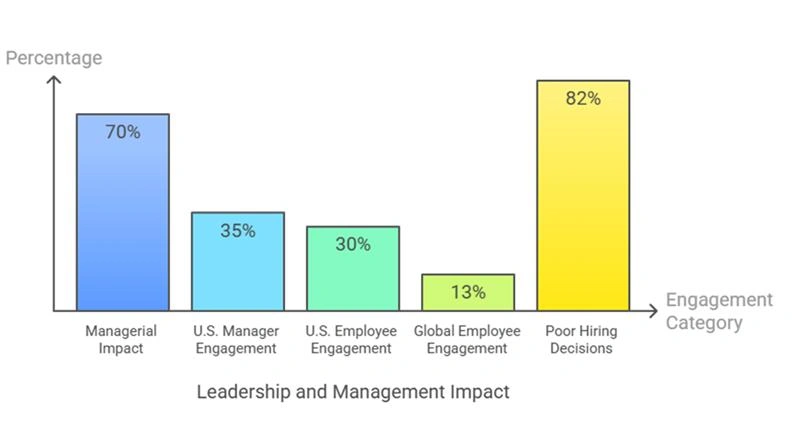
9. The Critical Role of Managers in Employee Engagement
Managers drive 70% of the variance in employee engagement, while 35% of managers in the U.S. are engaged. This lack of engagement leads to:
Only 30% of U.S. employees are engaged at work.
-
13% global employee engagement levels.
82% of companies make poor managerial hiring decisions.
Most organizations promote based on tenure rather than leadership potential, missing opportunities to build high-performing teams. It is essential to identifying and developing the right managerial talent in order to improve workplace productivityt as well as retention.
10. 85% of Employees Are Disengaged, Costing $7 Trillion in Productivity
Eighty-five percent of employees are disengaged, leading to $7 trillion in lost productivity.Performance management systems that are outdated fail to inspire employees. Organizations can improve engagement by auditing management practices, training managers for meaningful conversations, and selecting leaders who foster growth. Hence, higher engagement leads to better productivity, sales and ultimate profitability for the businesses.
11. Leaders Who Genuinely Care Drive 98% Employee Satisfaction
In top small and medium workplaces, 98% of employees say colleagues value them 95% say managers show genuine interest in their lives. By comparison, only 68% of employees in regular offices feel supported. This further underscore the importance of leaders who place employee well-being first, which leads to a strong, engaged workplace culture.
12. 79% of Autonomous Employees Are Engaged, but Only 34% in Large Companies Feel It
Autonomy is key to employee engagement, with 79% of autonomous employees feeling engaged and performing better. Just 34% of staff in large companies get workplace autonomy, compared with 79% of startup staff. In the long run, greater autonomy enables accountability, problem solving, and productivity, and therefore should be an essential part of making employees satisfied and productive.
The Impact of Recognition: Higher Productivity, Lower Turnover
"People work for money but go the extra mile for recognition, praise, and rewards." – Dale Carnegie. Recognition isn't just a nice-to-have, it’s a powerful driver of motivation, loyalty, and performance. When employees feel seen and appreciated, they’re more engaged, more productive, and far less likely to leave. Let’s explore how the simple act of recognition can make a big impact.
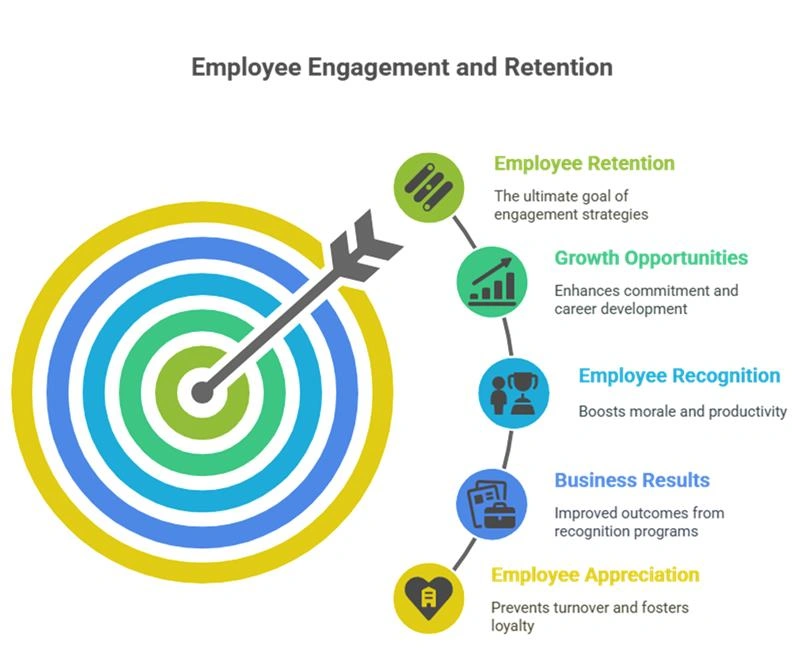
13. 60% of Online Recognition Programs Drive Better Business Results
Online recognition platforms deliver better outcomes, with 60% of HR leaders seeing business impact, compared to just 30% for in-house programs. Employees using these platforms are twice as likely to be productive and less likely to job hunt. Prioritizing frequent, integrated, and measurable recognition fosters engagement and boosts retention.
14. 66% of Employees Would Quit Due to Lack of Appreciation
Employee appreciation is directly linked to retention, with 66% willing to leave if they feel unappreciated feel unappreciated. Among millennials, this rises to 76%. Despite this, only 54% of senior managers recognize its impact. The key to decreasing turnover, improving employee engagement and mitigating recruitment and training costs is to place the value of recognition as a priority.
15. 55% More Likely to Stay: The Key to Employee Retention
Promoting employees internally increases their likelihood by 55%, lateral moves increase it by 38%. Companies with strong management boost retention by 50%, and those empowering employees see a 34% improvement. Fostering growth, leadership, and autonomy keeps talent engaged and reduces costly turnover.
16. 71% Recognize, 44% Offer Growth: The Engagement Formula
Highly engaged organizations prioritize frequent engagement measurement, with 71% recognizing employees and 44% providing career growth opportunities. Having strong HR involvement and continuous feedback also further boosts engagement. The less engaged companies lag in all these areas; however, recognition, development, and HR-driven initiatives play a crucial role in employee satisfaction.
Well-being & Mental Health
Employee well-being and mental health are no longer minor topics but have become key to building a healthy, high-performing workplace. When people feel supported, both emotionally and mentally, they perform better, stay longer, and thrive. This section illustrates that caring for minds is as important as simply managing tasks.
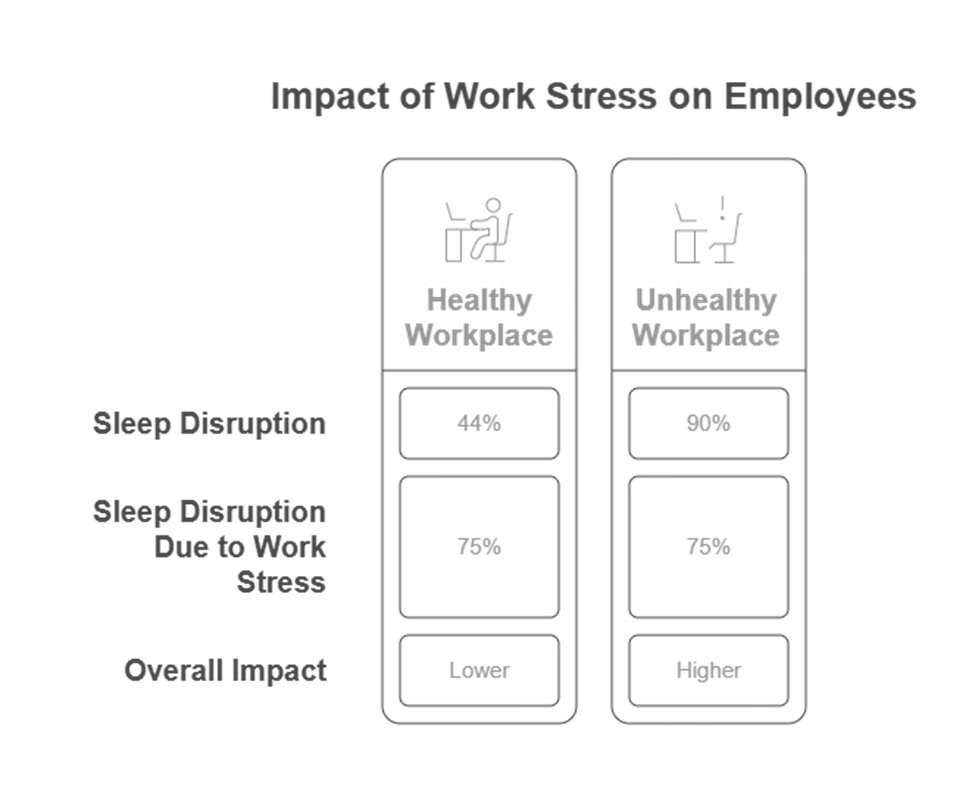
17. 34% of US Workers Report Declining Mental Health
A survey reveals that 34% of US workers have experienced worsening mental health, with long hours and heavy workloads as key contributors. Nearly half of those struggling with work over 50 hours per week. Both flexibility and guilt-free PTO are what employees suggest helping improve their wellbeing and work life balance.
18. Workplace Health Strongly Influences Work Stress Impact
Work stress affects employees' sleep and relationships, but its impact varies by workplace health. However, as 75% of employees report having their sleep disrupted due to work stress, the effect is higher in unhealthy workplaces (90%) than in healthier environments (44%), emphasizing the importance of a healthy work environment in employee well-being.
19. Poor Employee Wellbeing Costs Businesses $322 Billion Every Year
Employee wellbeing is negatively affected when employees suffer from poor wellbeing leading to use of more sick days, lower performance and higher rates of burnout. Burnout alone is responsible for $322 billion in global turnover and lost productivity. Companies can also lose over $20M per 10,000 employees struggling. Investing in employee wellbeing is not just beneficial for individuals, it is a smart business decision.
20. Global Workplace Wellbeing Is in Crisis
23% of the employees worldwide are engaged with their work, and 41% of employees are already experiencing daily stress. This widespread disengagement is costing the global economy $8.9 trillion in lost productivity. Regional gaps are stark, with engagement in Europe as low as 13%. These findings highlight the urgent need for organizations to develop and create more healthy and supportive workplaces.
Learning & Development (L&D)
The quickest way to prepare your workforce for the future is to keep them learning. This section breaks down how smart L&D strategies are fuelling innovation, retention, and a culture of continuous growth.
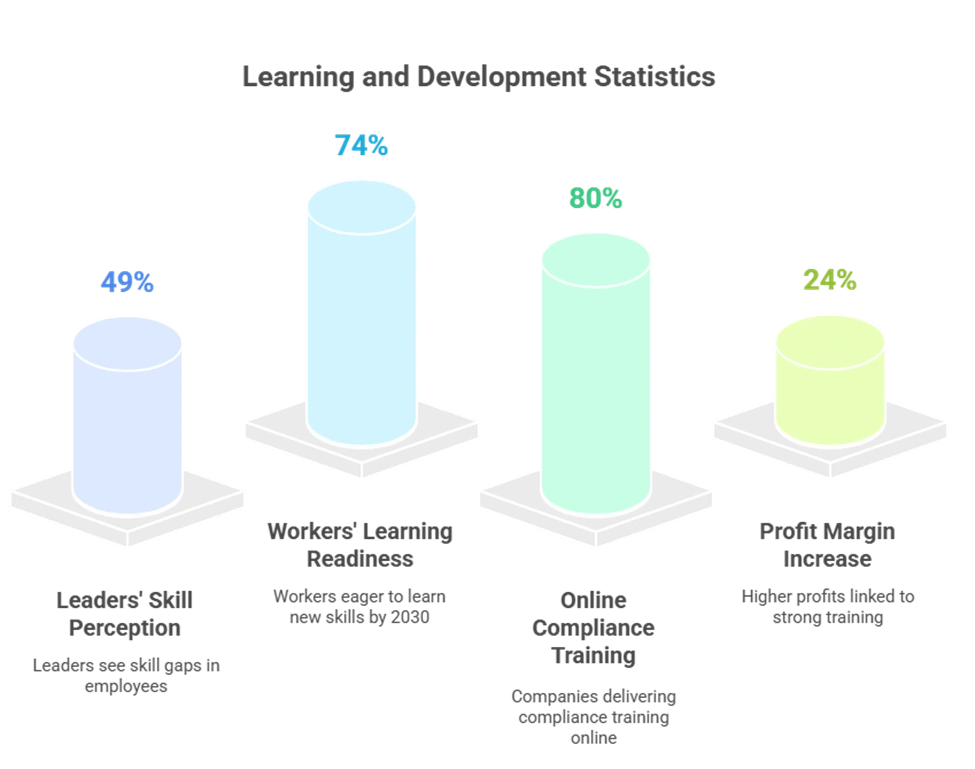
21. 49% of Leaders Say Employees Lack Skills to Meet Business Goals
LinkedIn's Workplace Learning Report reveals that almost half of talent leaders think that employees lack the necessary skills to support the strategy of their organisations. The report asserts that integrating career development and learning is the way to reduce this gap. Companies that invest in upskilling see higher engagement, growth, and retention. Prioritizing learning is key to building a future-ready workforce.
22. 74% of Workers Ready to Learn New Skills by 2030
Pwc's Workforce of the Future report explores four potential work scenarios for 2030, shaped by factors like automation, AI, and shifting values. A survey of 10,000 individuals revealed that 74% are prepared to learn new skills or retrain to remain employable. The research shows that organizations should change proactively in order to adapt to these changes by creating a continuous learning and flexibility culture.
23. 80% of Companies Now Deliver Compliance Training Online
80% of corporations shifting to digital training, and 29% switching completely, corporate training is going digital. Sales and profession-specific training are moving to digital platforms, showing an increasing use of online learning to improve workforce skills and meet compliance requirements
24. 24% Higher Profit Margins Linked to Strong Training Programs
Companies with comprehensive training programs see measurable gains in performance and productivity. They result in 24% higher profit margins due to 218% more income per employee and demonstrate how an investment in employee development drives business triumph.
Technology & Tools
Workplace tech isn’t just about convenience, it’s about performance. The right tools empower teams to communicate better, move faster, and stay focused. This section describes the role of technology as a success driver.

25. 85% of L&D Leaders Expect a Surge in Skills Development Due to AI
According to a Gartner survey, 85% of learning and development leaders agree that AI and digital trends are driving a major increase in the need for skills development. To keep up with the fast pace of technological advances in the workplace, organizations have to give much priority to continuous learning for the sake that the workforce becomes future-ready.
26. 70% of Job Skills Will Change by 2030 Due to AI
According to LinkedIn's Work Change Report, by 2030, 70% of the skills utilized in most jobs will have transformed, with artificial intelligence acting as a primary catalyst. It shows the need for professionals and organizations to continuously learn and to be adaptable in the current, and changing, job market.
27. 49% of Employees Frustrated by Workplace Technology
Half of global employees are frustrated with the technology . provided at work, and 26% are considering quitting because of it. Many are even spending their own money to access better tools, highlighting a growing disconnect between employee needs and leadership priorities in digital workplace investments.
28. 64% of Companies Plan to Boost IT Budgets in 2025
Nearly 64% of companies anticipate increasing their IT budgets 2025, reflecting a slight 2% decrease from the previous year. This trend highlights the continued commitment of organizations to invest in technology, even amid shifting economic and strategic priorities.
Gen Z & Millennial Workforce
With fresh perspectives and strong digital fluency, Gen Z and Millennials are challenging traditional work norms. From how they collaborate to what they value, this section explores how these generations are transforming the workplace.

29. 47% of Gen Z Employees Plan to Leave Their Jobs Within Six Months
Research indicates that 46% of Gen Z workers intend to resign from their current positions before six months pass, indicating a requirement for workplace transformations. This generation values more than just a pay check, they’re looking for purpose-driven work, career development, and flexibility. Frustrations often stem from outdated technology, lack of growth opportunities, poor work-life balance, and limited support for mental well-being.
30. Gen Z Reports the Lowest Workplace Engagement at Just 7.14/10
Gen Z employees report the lowest level of engagement at work, rating it at 7.14 out of 10, falling behind Millennials, Gen X, and Baby Boomers. In contrast, Baby Boomers rate their engagement highest at 7.94. This gap highlights a growing need for organizations to strengthen internal communication and create more inclusive, motivating environments for younger talent.
Conclusion
Employee engagement is not just a feel-good metric, it’s an essential component of productivity, retention, and overall business success. It's clear from the data, when employees feel connected, valued, and supported, they show up as their best selves at work. By prioritizing engagement, organizations are not only strengthening their teams but also gaining a competitive advantage in modern world of work. Investing in people is not only the right thing to do; it is a competitive advantage.
Is your team disengaged?
Reignite their drive with Time Champ’s smart solutions
Sign Up for FreeBook DemoFAQs
High engagement leads to better productivity, stronger team collaboration, reduced absenteeism, and lower turnover. Generally engaged employees provide superior customer service and drive long term business success.
Lack of initiative, frequent absences, low morale, poor communication, and disinterest in the team’s or company’s goals are some common signs. It often leads to decreased productivity and increased attrition.
Engagement is initiated by a positive attitude towards meaningful work, supportive leaders, recognition, career advancement, purpose, a supportive culture, and opportunities for autonomy and contribution.
To thrive in a workplace, we should always nurture the 5 C’s, which are Care, Connect, Coach, Contribute, and Congratulate. Engagement and performance are more natural when organizations support and build strong relationships, provide guidance, show the impact, and acknowledge efforts.






